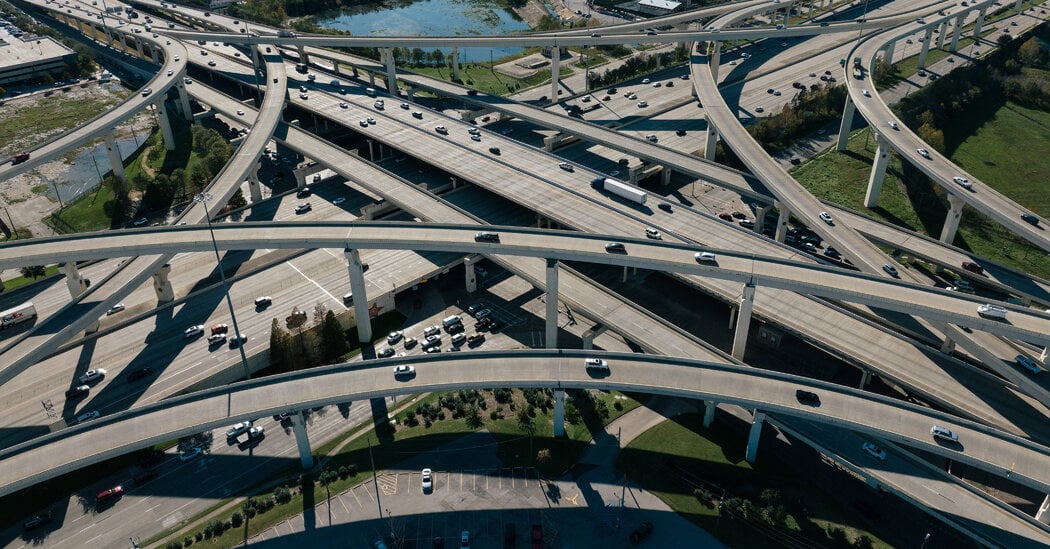For critics of widening projects, the prime example of induced demand is the Katy Freeway in Houston, one of the widest highways in the world with 26 lanes.
Immediately after Katy’s last expansion, in 2008, the project was hailed as a success. But within five years, peak hour travel times on the freeway were longer than before the expansion.
Matt Turner, an economics professor at Brown University and co-author of the 2009 study on congestion, said adding lanes is a fine solution if the goal is to get more cars on the road. But most highway expansion projects, including those in progress in Texas, cite reducing traffic as a primary goal.
“If you keep adding lanes because you want to reduce traffic congestion, you have to be really determined not to learn from history,” Dr. Turner said.



I think adding lanes helps up to a point but after that just creates more problems. Here are a couple problems with adding lanes:
It assumes that everyone drives efficiently. For example, that everyone knows exactly where they’re going and if they’re in the left lane to go fast that they start migrating over to the right lane well in advance of their exit. But this is not true and instead causes people to panic swerve across 10 lanes while slowing down in order to get to their exit. Anyone who has been driving for a few years has seen this happen. Multiply this problem by the number of idiots on the road, and again by the number of exits. And having more lanes makes this a bigger problem because it has a higher capacity for more of these idiots to exist, and more “obstacle” lanes between them and their goal (not to mention more victims in those right lanes).
If you don’t expand the lanes across all the exits from this super highway, traffic will still back up because the traffic cannot smoothly flow out to the rest of the city where people are trying to go. This backs up traffic on the highway itself. It’s like having a clogged artery. And expanding those roads is not always an option if it’s already in a heavily developed part of a city. If there’s no room due to buildings, you simply cannot add lanes.
In addition to the zoning and walkability suggestion someone else made, I would propose that more alternate routes (even if not as direct a route) can help offload traffic especially at peak times, and is a much more feasible solution in the short term for our country that is built around private vehicle transportation. This is also an effective solution if you add tolls to one of those routes and increase the speed limit. It has the side benefit of funding other city projects, and acts as a sort of tax for people who want to go fast. The lazy implementation of this that I’ve seen in some places (including in Texas) is to add toll express lanes on the same highway. I see this as mostly a money grab but does not help much, if at all, with congestion. It’s more like a streaming service raising their subscription costs just because they can.